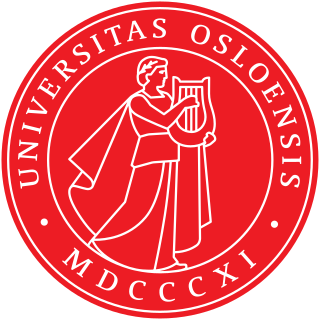
The University of Oslo is a public research university located in Oslo, Norway. It is the oldest university in Norway and consistently considered the country's leading university and one of the highest ranked universities in the Nordic countries. Originally named the Royal Frederick University, the university was established in 1811 as the de facto Norwegian continuation of Denmark-Norway's common university, the University of Copenhagen, with which it shares many traditions. It was named for King Frederick VI of Denmark and Norway, and received its current name in 1939. The university was commonly nicknamed "The Royal Frederick's" before the name change, and informally also referred to simply as Universitetet.

Ivar Giaever is a Norwegian-American engineer and physicist who shared the Nobel Prize in Physics in 1973 with Leo Esaki and Brian Josephson "for their discoveries regarding tunnelling phenomena in solids". Giaever's share of the prize was specifically for his "experimental discoveries regarding tunnelling phenomena in superconductors".
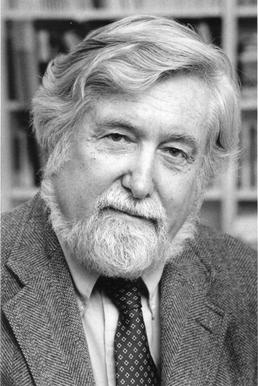
Clifford James Geertz was an American anthropologist who is remembered mostly for his strong support for and influence on the practice of symbolic anthropology and who was considered "for three decades... the single most influential cultural anthropologist in the United States." He served until his death as professor emeritus at the Institute for Advanced Study, Princeton.

Jarl André Bjerke was a Norwegian writer and poet. He wrote a wide range of material: poems, mystery novels, essays, and articles. He translated works by Shakespeare, Molière, Goethe and Racine. Bjerke was known as a prominent proponent of the Riksmål language during the Norwegian language struggle, and of anthroposophy, especially in the 1950s and launched a magazine, Ordet, in the same period. Several of Bjerke's poems have been set to music by Marcus Paus.

The Røros Line is a 383-kilometer (238 mi) railway line which runs through the districts of Hedmarken, Østerdalen and Gauldalen in Innlandet and Trøndelag, Norway. The line branches off from the Dovre Line at Hamar Station and runs a more easterly route to Støren Station, where the two lines meet again. The Røros Line also intersects with the Solør Line at Elverum Station. The single track, standard gauge line lacks electrification and only has centralized traffic control south of Røros Station. SJ Norge operate regional passenger trains. In addition the line is used by freight trains hauling lumber and wood chippings.
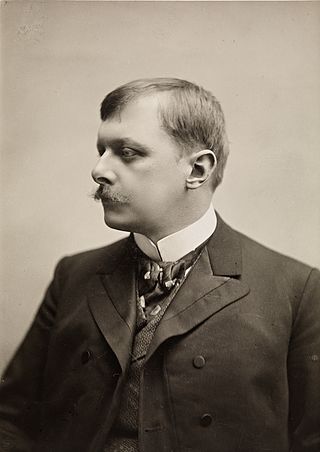
Fredrik Carl Mülertz Størmer was a Norwegian mathematician and astrophysicist. In mathematics, he is known for his work in number theory, including the calculation of π and Størmer's theorem on consecutive smooth numbers. In physics, he is known for studying the movement of charged particles in the magnetosphere and the formation of aurorae, and for his book on these subjects, From the Depths of Space to the Heart of the Atom. He worked for many years as a professor of mathematics at the University of Oslo in Norway. A crater on the far side of the Moon is named after him.
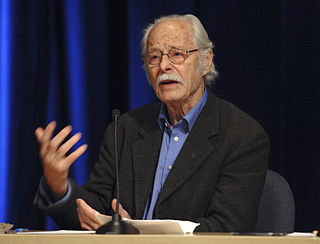
Thomas Fredrik Weybye Barth was a Norwegian social anthropologist who published several ethnographic books with a clear formalist view. He was a professor in the Department of Anthropology at Boston University, and previously held professorships at the University of Oslo, the University of Bergen, Emory University and Harvard University. He was appointed a government scholar in 1985.

Halvdan Koht was a Norwegian historian and politician representing the Labour Party.

Thomas Hylland Eriksen is a Norwegian anthropologist. He is currently a professor of social anthropology at the University of Oslo, as well as the 2015–2016 president of the European Association of Social Anthropologists. He is a member of the Norwegian Academy of Science and Letters.
Arne Johan Vetlesen is a Norwegian professor of philosophy at the University of Oslo, who concentrates on the topic of ethics, environmental philosophy and social philosophy.
Knut Helle was a Norwegian historian. A professor at the University of Bergen from 1973 to 2000, he specialized in the late medieval history of Norway. He has contributed to several large works.

Billingstad Station is a railway station of the Drammen Line located at Billingstad in Asker, Norway. Situated 17.62 kilometers (10.95 mi) from Oslo Central Station, it consists of an island platform and serves the L1 line of the Oslo Commuter Rail operated by Vy. The station served 255,000 passengers in 2012. It opened on 3 March 1919; it received a rebuilt in 1958, becoming an elevated station on a section of double track.
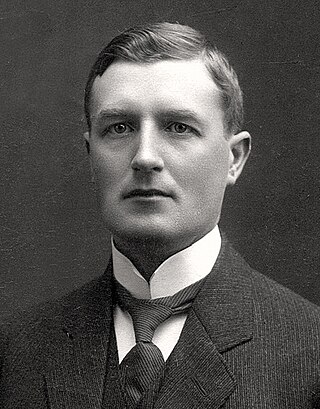
Magnus Bernhard Olsen was a Norwegian philologist who specialized in Old Norse studies.
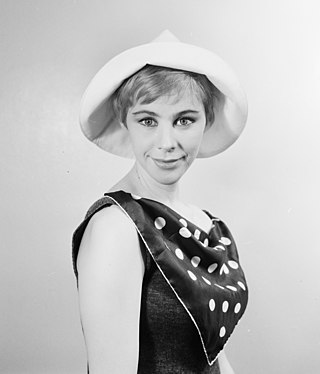
Henny Moan is a Norwegian actress from Finnmark. She has had a long career in theatre, but is best known for her roles in certain classics of Norwegian cinema, such as the Oscar-nominated Nine Lives (1957) and Lake of the Dead (1958). Moan was married to the author André Bjerke for a period.
Jens Erik Fenstad was a Norwegian mathematician.
Arnved Nedkvitne is a Norwegian historian of the Middle Ages and Professor Emeritus of mediaeval history. He held the chair of Norwegian mediaeval history at the University of Trondheim from 1991 to 1993 and at the University of Oslo from 1993 to 2009. He is a member of the Royal Norwegian Society of Sciences and Letters, and was elected in 1993. Nedkvitne is regarded as "one of Norway's preeminent commercial historians" and as Norway's foremost mediaeval historian. His research has focused on Norwegian urban history, foreign trade, the economy of coastal communities and pre-modern social organisation. He is the foremost scholar of the relations between the Hanseatic League and Norway; his research has also explored topics such as honour, law and religious ethics in Scandinavia, the social consequences of literacy in the Middle Ages, lay beliefs of mediaeval Scandinavia, and the Norse settlement of Arctic Greenland.
Nora Louise Ahlberg is a Norwegian psychologist. She was Professor of Psychology at the University of Oslo and Director of the Psychosocial Centre for Refugees and later Director of the Norwegian Centre for Migration and Minority Health, a government agency that is now part of the Norwegian Institute of Public Health.

Iver Brynild Neumann is a Norwegian political scientist and social anthropologist. He is Director of the Fridtjof Nansen Institute at Polhøgda, Lysaker, a position he has held since December 2019. From 2012-2017 he was the Montague Burton Professor of International Relations at the London School of Economics and Political Science. He has also served as Research Director and Director at the Norwegian Institute of International Affairs (NUPI) and Adjunct Professor in International Relations at the Norwegian University of Life Sciences.

Halfdan Bryn was a Norwegian physician and physical anthropologist.
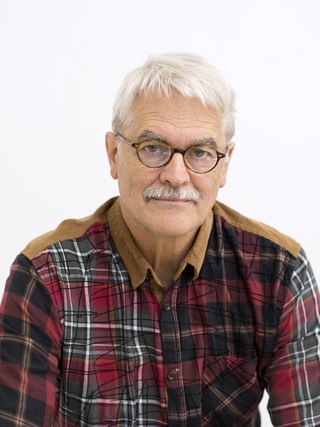
Peter Esdaile is a Norwegian painter, sculptor, and printmaker born in Canada. Esdaile was educated in the period 1966–1973 at the National Academy of Craft and Art Industry, and at the National Academy of Fine Arts where he received his MFA. He studied under Chrix Dahl, Åge Storstein, Ludvig Eikaas, Halvdan Ljøsne, and Arne Malmedal.














